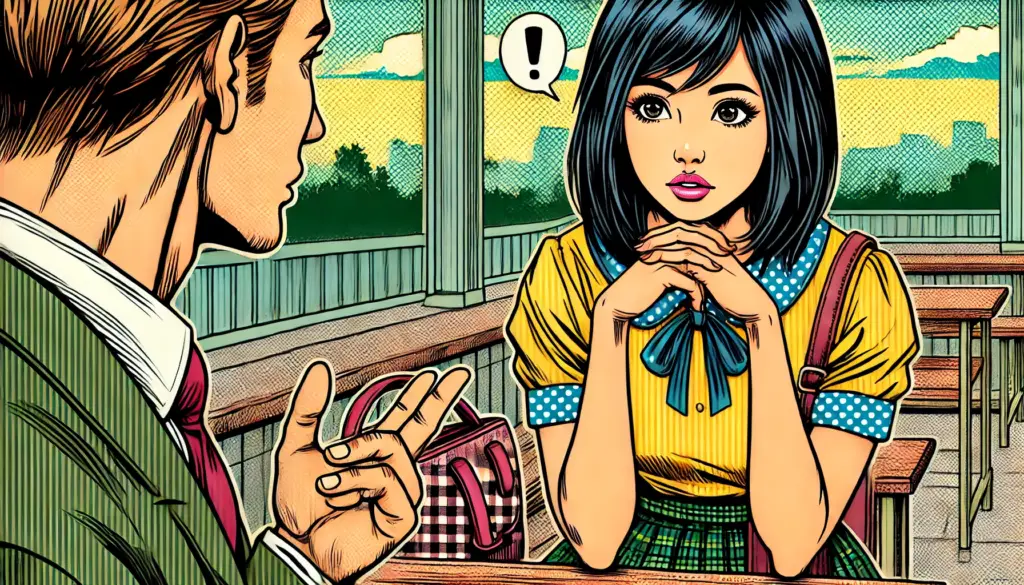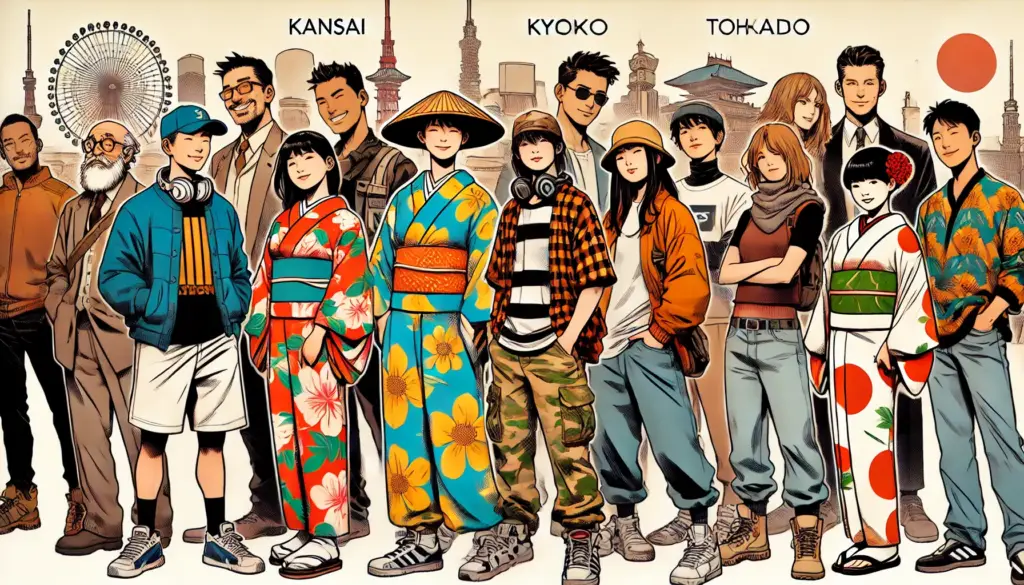
Learning Japanese through anime has become a popular route for language enthusiasts around the world. It’s fun, engaging, and provides exposure to native pronunciation and sentence structures. But what if we told you that mimicking anime characters might do more harm than good when it comes to speaking real, natural Japanese?
In this article, we’ll explore the hidden risks of learning Japanese only through anime, why your favorite character’s way of speaking might make you sound strange (or even rude), and how to supplement your study with more natural sources like TV dramas, YouTube channels, and variety shows. 🧠📺🎌
📌 Why Anime Isn’t a Realistic Language Guide
1. Exaggerated Speech Patterns
Anime characters often speak in a way that reflects their personality or role in the story—whether it’s a fierce warrior, a cute schoolgirl, or a mysterious villain. These exaggerated speech patterns are not how ordinary people speak in real life.
For example:
- A samurai character might say “de gozaru”, a phrase that sounds ancient and archaic in modern conversation.
- A tsundere character may use a highly emotional tone with abrupt, confrontational expressions.
- Male characters often end sentences with rough, assertive speech like “-zo” or “-da yo na”, which can come off as rude or awkward when used in everyday situations.
Using these expressions in daily life might lead to raised eyebrows—or worse, people may avoid talking to you altogether.
2. Unnatural Intonation from Voice Actors
Voice actors (声優 seiyuu) are trained to deliver lines with emotional intensity and stylized cadence. Their speech is often over-enunciated, dramatic, or melodic, depending on the character. While this may help learners hear individual words more clearly, mimicking this delivery in real life can make you sound robotic or bizarre.
Native speakers rarely speak in such heightened tones, especially in casual or professional environments. Copying voice actors without filtering can lead to speaking in a way that’s… well, just plain weird. 😅
3. Anime Slang vs. Real-Life Phrases
A lot of anime includes outdated, fantasy-based, or teen-specific slang. While watching, you might pick up phrases like:
- “kisama” (you bastard!) – extremely offensive in real life.
- “omae” instead of “anata” – sounds masculine and rough.
- “yatta!” – fine when you win a game, but not for professional success.
If you learn these expressions without understanding their nuance, you could end up sounding childish, aggressive, or socially out-of-touch.
📚 What Native Japanese Speakers Think
Many Japanese people find it amusing (or alarming) when foreigners speak like anime characters. Some may smile politely, but others might find it uncomfortable.
You’ll likely hear feedback like:
- “Why are you speaking like that?”
- “You sound like an anime character.”
- “No one talks like that here.”
For learners aiming to live, study, or work in Japan, the gap between “anime Japanese” and “natural Japanese” can become a real obstacle to communication and integration.
✅ How to Learn Natural Japanese Instead
1. Japanese TV Dramas (J-Drama)
TV dramas offer a more grounded and realistic style of dialogue. Whether it’s office conversations, family settings, or romantic relationships, J-dramas can teach you:
- Common greetings and polite expressions
- Business-level keigo (honorific language)
- How to sound natural in context-specific situations
Recommended dramas:
- Shitsuren Chocolatier (失恋ショコラティエ)
- Nigeru wa Haji da ga Yaku ni Tatsu (逃げるは恥だが役に立つ)
- Hanzawa Naoki (半沢直樹)
🎬 Pro tip: Watch with subtitles in Japanese to match spoken and written language!
2. Variety Shows for Everyday Speech
Japanese variety shows feature real people interacting, joking, and reacting. These are gold mines for learning:
- Colloquial expressions
- Humor and puns
- Regional dialects (関西弁, etc.)
Try watching:
- Gaki no Tsukai (ガキの使いやあらへんで)
- Ame Talk (アメトーーク)
- Shabekuri 007 (しゃべくり007)
Since these shows are unscripted or loosely scripted, you get more exposure to how Japanese people really talk.
3. Japanese YouTube Channels
YouTube is perfect for learning contemporary Japanese, including youth slang, gendered speech, and informal sentence endings.
Some recommended channels:
- はじめしゃちょー (Hajime Shacho): Comedy and daily life
- Kemio: Casual, LGBTQ+ friendly slang-heavy speech
- Japanese Ammo with Misa: Educational with natural examples
- Souta (SoutaWorld): Interviews with Japanese locals on culture and trends
YouTube lets you pause, rewind, and replay as often as needed—ideal for learners at any level. 🔁📱
🎯 Best Practices for Learners
Here’s how to strike a balance between anime and real-world Japanese:
| ✅ Do This | ❌ Not This |
|---|---|
| Use anime for vocabulary & listening practice | Copy anime tone, pitch, or exaggerated emotions |
| Supplement with native materials (TV, YouTube, books) | Only rely on anime or manga |
| Practice shadowing natural conversations | Mimic samurai or magical girl speech |
| Ask native speakers for feedback | Assume anime equals everyday language |
Language learning is about context. Just like English spoken in Marvel movies doesn’t reflect how people talk at the office, anime shouldn’t be your only teacher.
💡 Final Thoughts
Anime can be an excellent motivator to start learning Japanese—it offers cultural depth, interesting stories, and engaging characters. But if your goal is to actually communicate in Japanese society, you need to step beyond the animated world.
To sound natural and be understood clearly, diversify your input, watch how people interact in real life, and treat anime like a dessert—not the main course of your language diet. 🍱📖
Remember: in Japan, how you say something is just as important as what you say.





















































